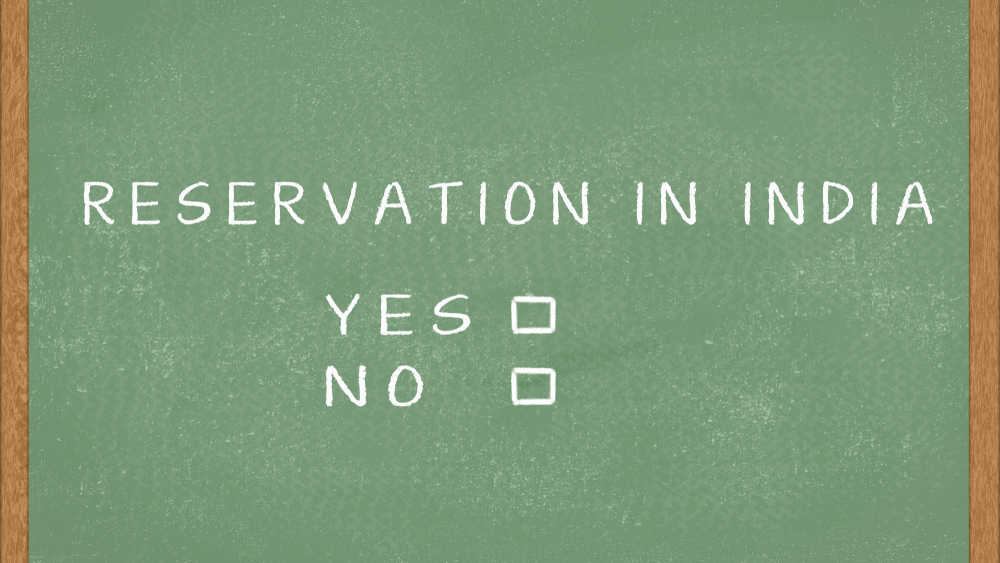
Clear it up: reservations in India
The messiness surrounding the quota question suits all politicians; it is urgent to clear it up, so that the policy has its intended effect

Reservations were introduced as a kind of affirmative action for those historically oppressed and made outcasts, and they undoubtedly have had visibly positive results in many cases. But politicization has eroded the best effects. Instead of time-bound, carefully monitored reservations for each group, especially so that the most underprivileged in each group can access quota benefits, reservations have kept on growing in scope and sphere so that politicians can satisfy specific constituencies. The courts, too, have not been consistent in their rulings on the numerous issues that have sprung up since 1992. It has to be asked if there is more discontent, more caste consciousness, more sense of deprivation on one side and dependence on quota benefits on the other than a gradual levelling of educational and employment fields and erasure of social differences resulting from the political misuse of reservations. Revisiting the 1992 judgment to reconsider the ceiling and exceptional circumstances can be fruitful and just, but only if the data on benefits, achievements and deprivations are laid out, and the administration of quotas — giving them a time-frame with scheduled reviews, for example — is considered. The messiness surrounding the quota question suits all politicians. It is urgent to clear it up, so that the reservations policy has its intended effect.

0 Response to " Clear it up: reservations in India"
Post a Comment
Disclaimer Note:
The views expressed in the articles published here are solely those of the author and do not necessarily reflect the official policy, position, or perspective of Kalimpong News or KalimNews. Kalimpong News and KalimNews disclaim all liability for the published or posted articles, news, and information and assume no responsibility for the accuracy or validity of the content.
Kalimpong News is a non-profit online news platform managed by KalimNews and operated under the Kalimpong Press Club.
Comment Policy:
We encourage respectful and constructive discussions. Please ensure decency while commenting and register with your email ID to participate.
Note: only a member of this blog may post a comment.